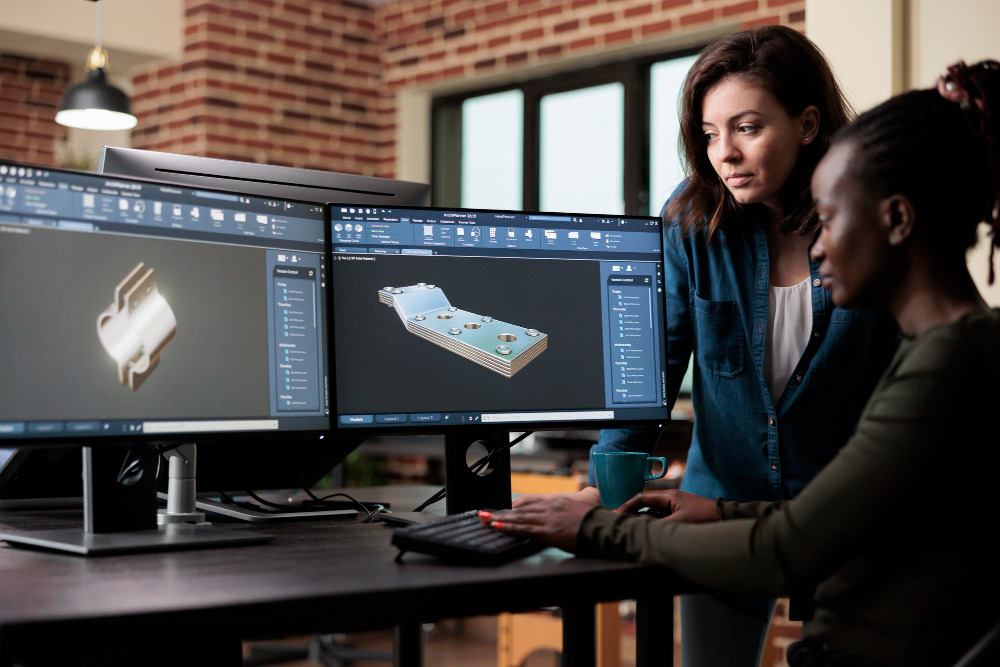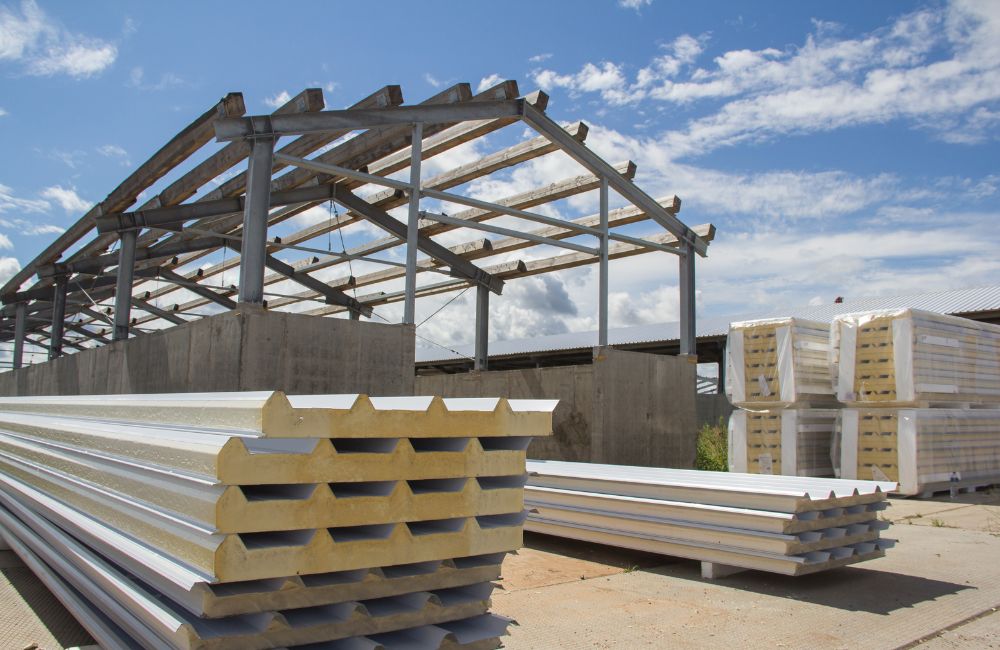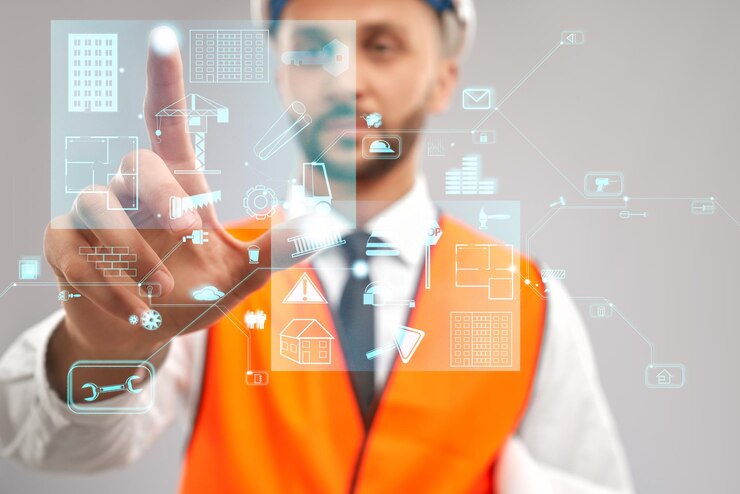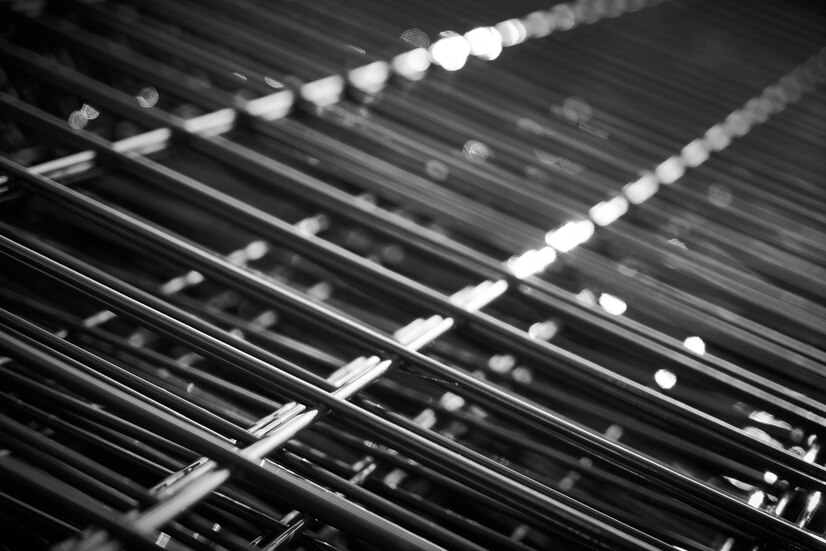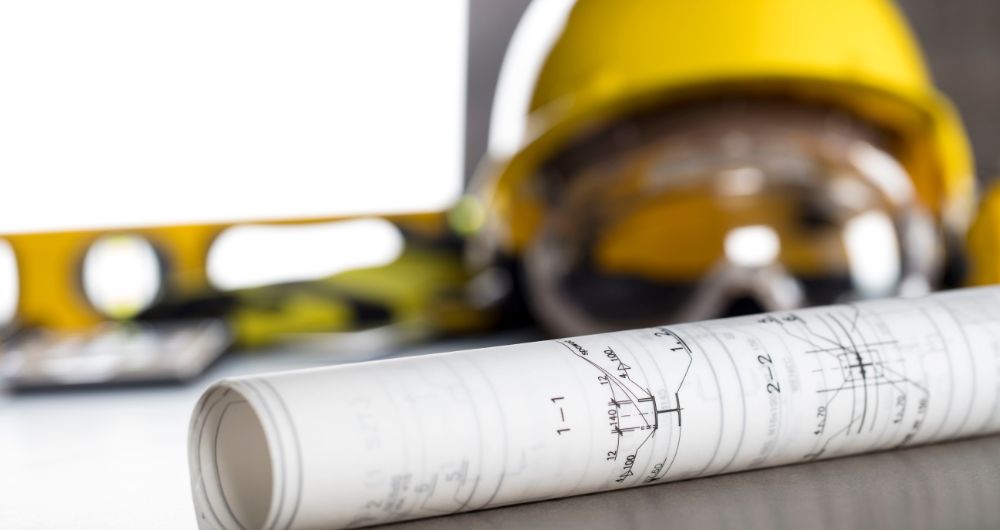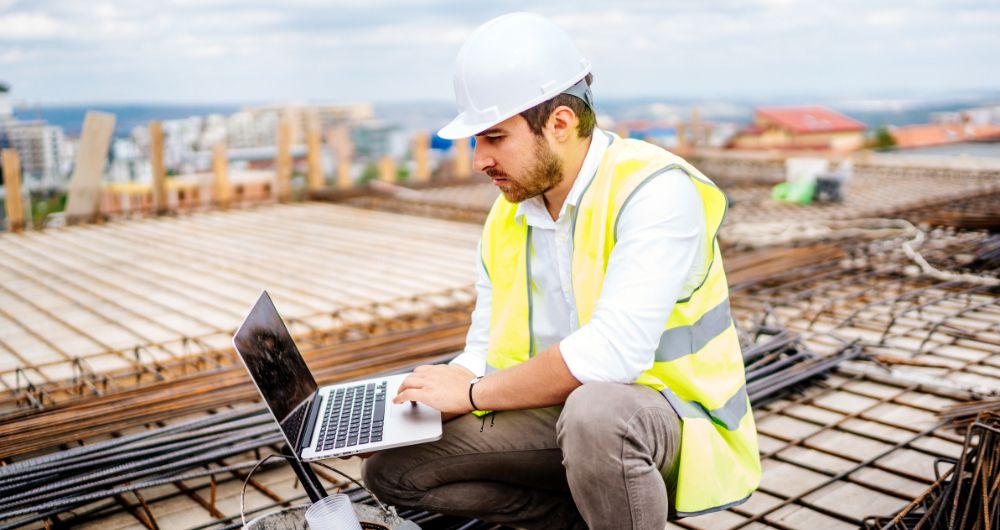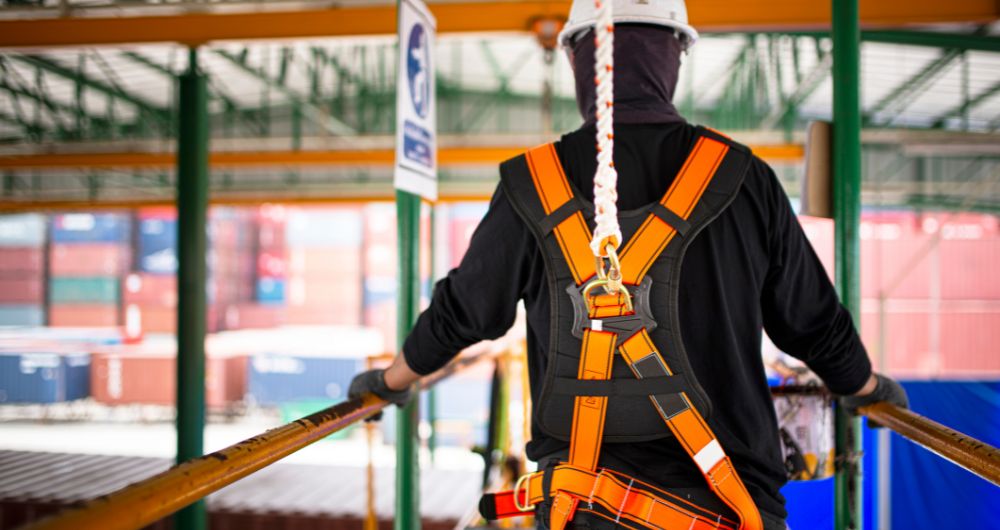Bringing AI into construction is starting a significant change in the industry, making work faster, more creative, and safer than ever before. Here, we’ll look at five key ways AI makes a big difference in construction, showing how it's changing how we manage projects, maintain equipment, and run operations.
Application 1: Project Planning and Design Optimization
According to Mordor Intelligence, the AI market in construction is expected to reach $11.85 billion by 2029. With this vastly growing market, construction teams are utilizing AI to allow for more intelligent and efficient project planning. Optimizing construction design will also enable more cost-effective building methods.
Enhancing Design Accuracy and Efficiency
- Automated Design Analysis: AI algorithms can quickly analyze thousands of design options. These options can be compared against cost, time, sustainability, and regulatory compliance criteria. As a result, AI enables optimal decision-making in construction.
- Error Reduction: AI significantly reduces the risk of human error by automating calculations and data analysis. This leads to more accurate and reliable project designs.
- Resource Optimization: In construction, AI optimizes the use of materials and resources, predicting the exact quantities needed. This minimizes waste and reduces costs.
- Sustainability Integration: AI tools can incorporate sustainability metrics into the design process. This can then create buildings that are energy-efficient, environmentally friendly, and compliant with green building standards.
- Real-time Design Modifications: AI systems allow for real-time design modifications, adapting to new data or changes in project scope. This approach ensures the final design is efficient and adaptable to evolving requirements.
Application 2: Predictive Maintenance and Asset Management

When enhanced by AI in construction, predictive maintenance, and asset management help optimize the lifespan of construction equipment and elevate the efficiency of construction infrastructure. These AI-driven practices reduce maintenance costs and ensure the safety and reliability of construction operations.
Predictive Maintenance in Construction Equipment
- Equipment Health Monitoring: AI systems analyze data from sensors installed on construction machinery to monitor its condition in real-time. This enables AI in construction to predict when maintenance is needed before breakdowns occur.
- Failure Prediction Models: Utilizing machine learning algorithms, AI in construction can predict equipment failures by analyzing historical performance data. With this data, preemptive maintenance actions can be done to prevent costly downtime.
- Maintenance Schedule Optimization: AI optimizes maintenance schedules by predicting the best times for service. In the long run, this will ensure equipment is maintained without interrupting critical construction phases.
- Life Cycle Management: AI tools assess the life cycle of construction equipment, predict end-of-life, help plan replacements or upgrades, and optimize asset utilization.
- Cost Reduction: By predicting and addressing potential issues before they escalate, AI-driven maintenance can significantly reduce the costs associated with equipment repair and replacement.
Asset Management Optimization
- Inventory Management: AI streamlines inventory management in construction, using predictive analytics to ensure necessary materials are available.
- Asset Tracking and Utilization: AI technologies enable real-time tracking of assets across construction sites. This improves utilization rates and reduces instances of lost or underused equipment.
- Performance Analytics: AI analyzes performance data to identify trends and inefficiencies in asset use, providing insights for better asset management decisions.
- Strategic Investment Planning: By forecasting future asset needs and performance, AI in construction aids in strategic planning for asset acquisition and investment, ensuring financial resources are allocated effectively.
- Compliance and Safety Management: AI enhances compliance with safety and regulatory standards by monitoring the condition of assets and ensuring they are maintained according to legal and safety requirements.
Application 3: Supply Chain and Inventory Management
Do you know individuals and businesses spend about $10 trillion annually on construction activities? Managing the supply chain and inventory efficiently is essential for project success in a big industry. AI in construction assists in achieving these by leading processes to more streamlined, cost-effective, and timely project executions.
Supply Chain Optimization
- Demand Forecasting: In construction, AI leverages predictive analytics to accurately forecast demand for materials and equipment. This helps project managers procure materials in a timely manner and reduces the risk of project delays.
- Vendor Selection and Management: AI-driven systems can assess vendor performance, reliability, and compliance. The data can be used to make informed supplier selection and management decisions.
- Logistics and Transportation Management: AI optimizes logistics by predicting the best routes and schedules for material transportation, considering traffic conditions, delivery timelines, and cost constraints.
- Risk Management in Supply Chain: AI in construction analyzes market trends and historical data to identify potential supply chain risks and propose mitigation strategies.
- Integration of Blockchain and AI: Combining AI and blockchain technology enhances transparency and accountability in the construction supply chain. As a whole, this facilitates better collaboration and trust among stakeholders.
Application 4: Safety and Risk Assessment
AI in construction can improve how architects, engineers, contractors, and clients work together. It uses digital twins, 3D models, and BIM (Building Information Modeling) platforms to enhance communication and collaboration. As a result, these strengthen safety and risk assessment in the workplace through valuable tools.
Enhancing On-site Safety
- Real-time Hazard Detection: AI systems can monitor construction sites in real time, using cameras and sensors to detect potential hazards. These risks include unsafe worker behavior or hazardous conditions.
- Wearable Safety Technology: AI-powered wearable devices can track workers' health and safety metrics, alerting them and management to potential risks like fatigue or exposure to harmful substances.
- Safety Training Simulations: AI in construction allows virtual reality (VR) safety training programs, which provide workers with realistic simulations of potential hazards and teach them how to respond effectively.
- Incident Prediction and Prevention: By analyzing historical accident data and on-site conditions, AI can predict potential incidents before they occur, enabling proactive measures to prevent accidents and injuries.
- Compliance Monitoring: AI tools ensure that safety protocols and regulatory requirements are consistently met, automatically detecting violations and facilitating immediate rectification.
Application 5: Enhanced Communication and Collaboration
AI in construction enhances communication and collaboration among project teams, breaking down silos and fostering a more integrated project management approach. This improved communication leads to more efficient project execution and better outcomes.
Facilitating Better Communication
- Automated Reporting and Updates: AI systems can automatically generate and distribute project reports and updates, ensuring all team members can access the latest information.
- Language Translation and Cultural Understanding: AI-powered tools can bridge language barriers among diverse workforces, facilitating clearer communication and understanding across different cultural contexts in construction projects.
- Real-time Decision Making: AI in construction enables real-time data analysis, allowing project teams to make informed decisions quickly. This also helps them adapt to changes and challenges as they arise.
- Enhanced Remote Collaboration: With AI-driven platforms, team members can collaborate effectively, regardless of physical location. This integration makes seamless communication and coordination across global construction projects possible.
- Conflict Resolution: AI algorithms can identify potential conflicts in project planning and execution, prompting early intervention and facilitating communication to resolve issues before they escalate.
Why is AI Essential in Construction?
In construction, AI is becoming essential because it helps make building projects faster, safer, and less expensive. This technology can solve problems that humans find tricky or time-consuming, making the construction process smoother and more efficient.
✔ Improves Client Satisfaction
AI improves construction for clients by offering solutions that fit their specific needs, which makes them happier and more loyal. It uses intelligent platforms to talk smoothly with clients, give them the latest news, and involve them in the building process.
AI also looks at client feedback to improve services and fix issues early. Before building starts, clients can see what the final project will look like thanks to AI, which means they can make changes if needed to ensure they're happy with the result. Plus, AI can predict when a finished building will need repairs, adding extra value for clients and keeping them satisfied for a long time.
✔ Fosters Innovation and Growth
In construction, AI is pushing for new and better building methods, leading to fresh methods and materials. Companies using AI often get ahead in the market because they stand out with the latest technologies.
AI also helps make building more eco-friendly by using less and wasting less, which is good for our planet. It allows workers to learn new tech skills, helping them grow in their careers. Plus, using AI can make the construction industry look better, pulling in more money and people who want to work with the latest tech and green methods.
Embrace the Future of Construction with Claris Design•Build!
At Claris Design•Build, we always look ahead to embrace and welcome the exciting possibilities that the future holds, especially regarding robotic technologies in construction.
We believe in staying at the forefront of innovation to bring unparalleled efficiency, safety, and quality to your projects. Whether enhancing productivity, mitigating labor shortages, or ensuring cost-effectiveness, we are committed to exploring how these advanced technologies can benefit our clients.
Let's build the future together — contact Claris Design•Build today!



